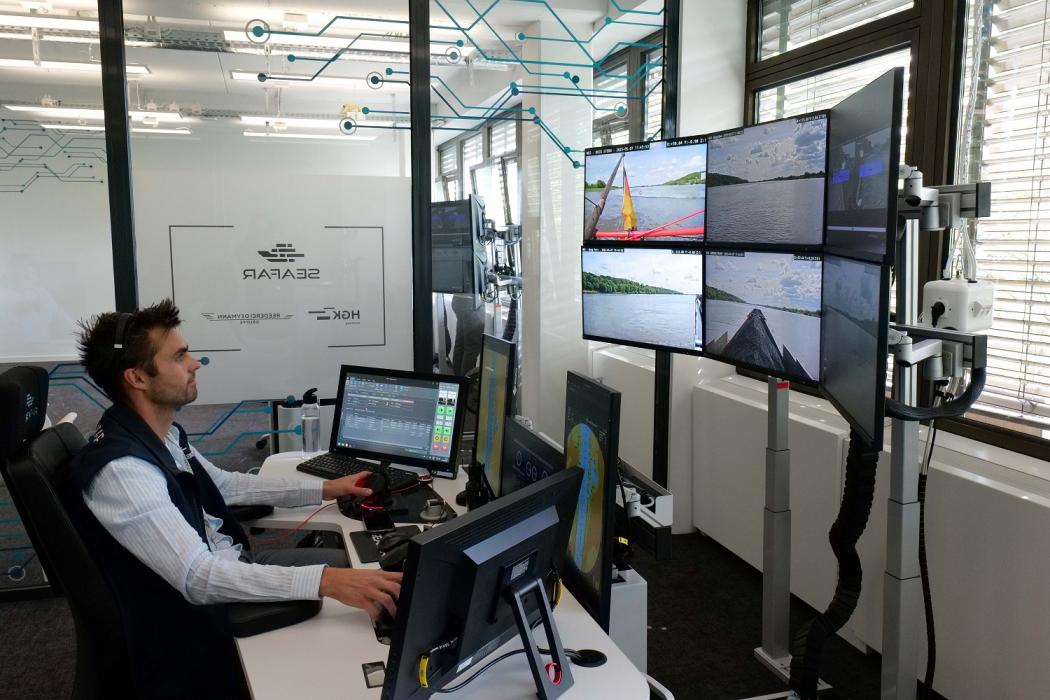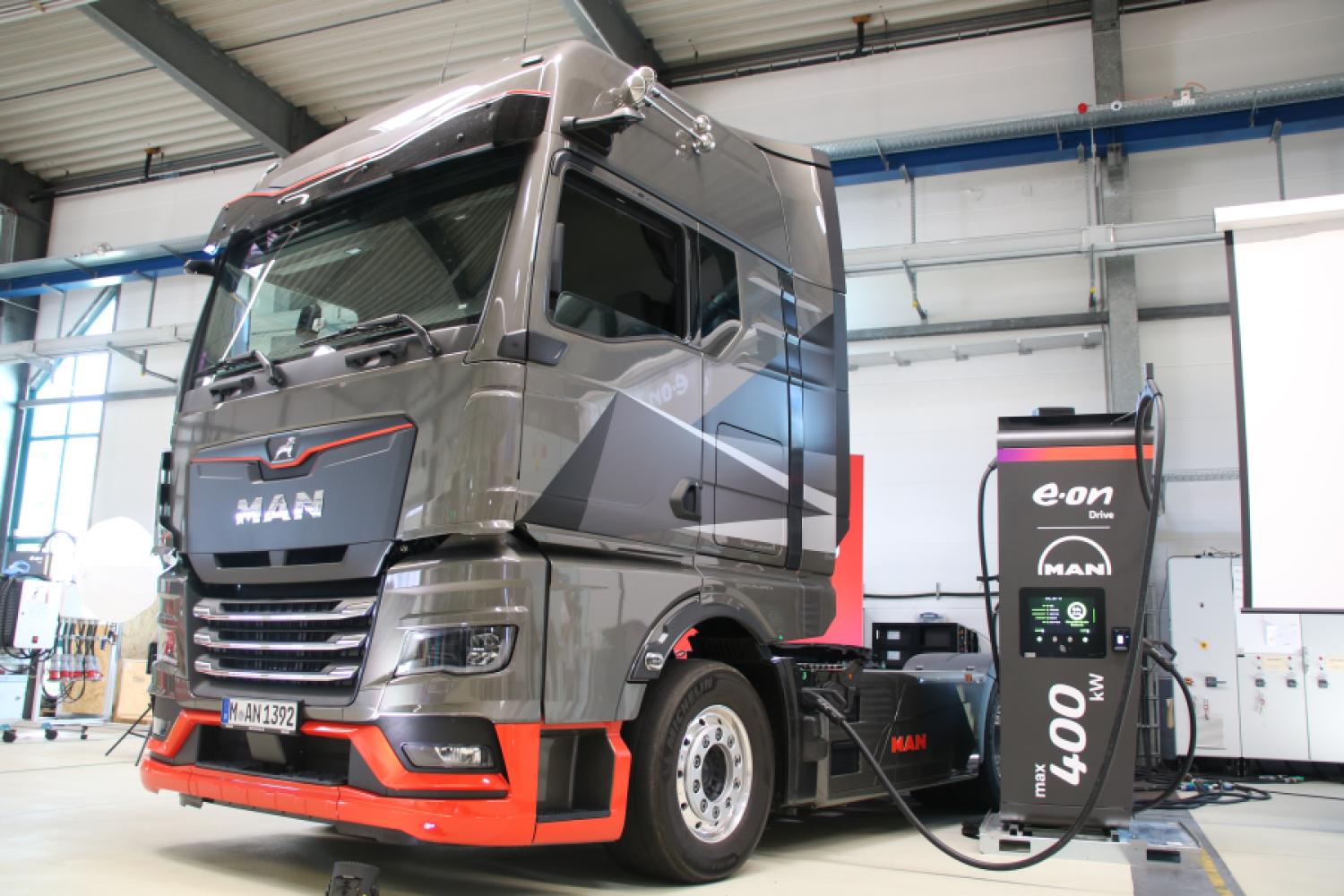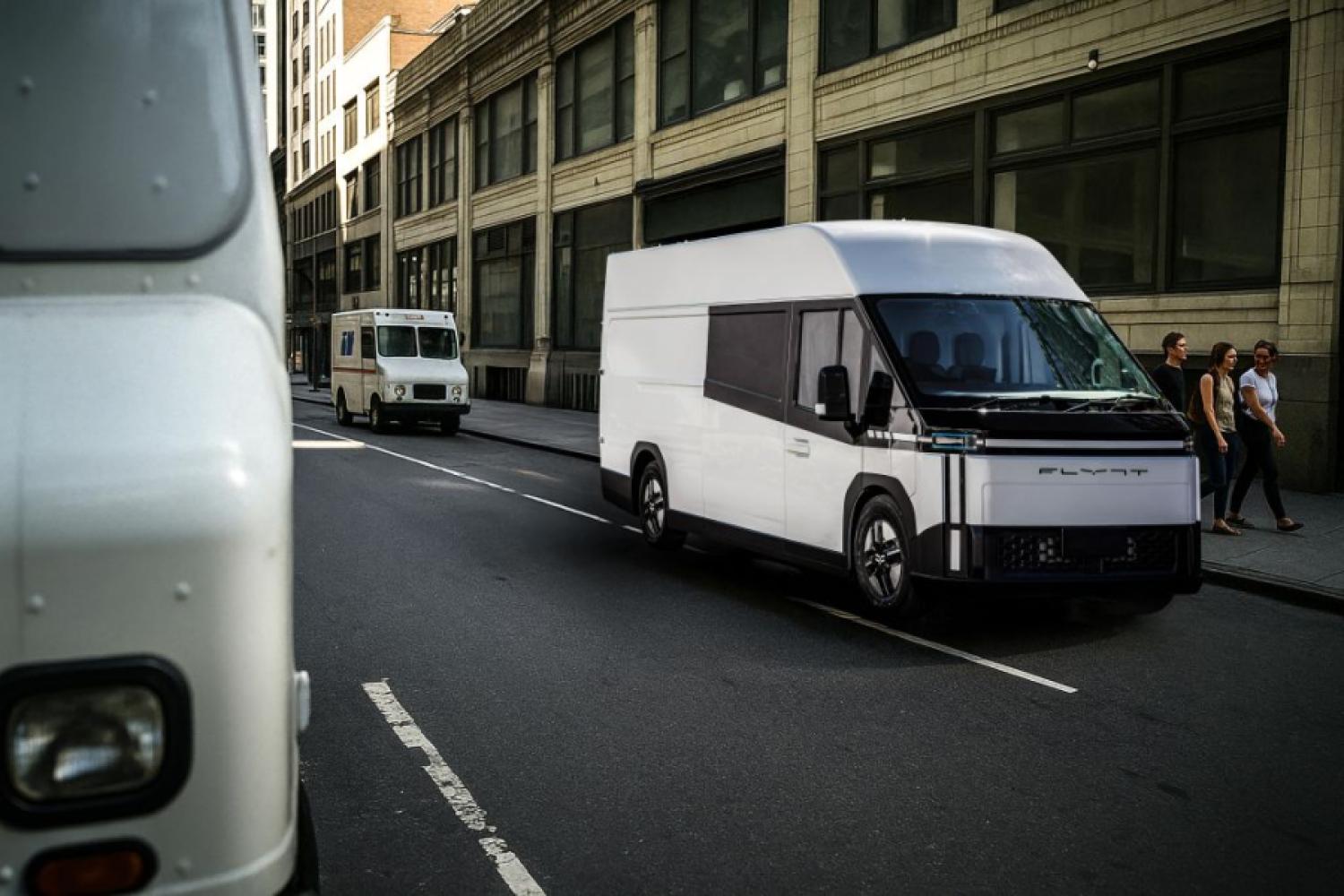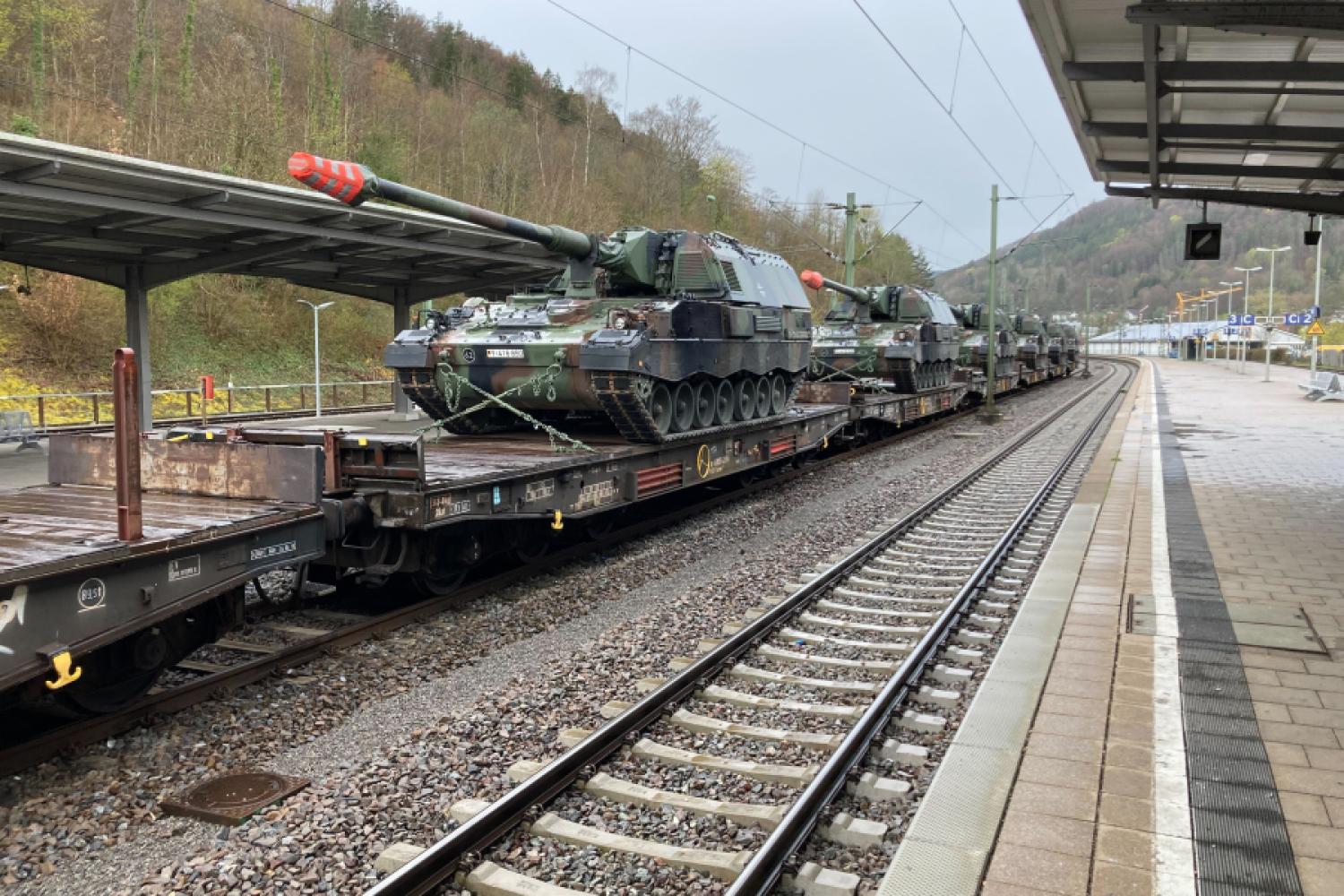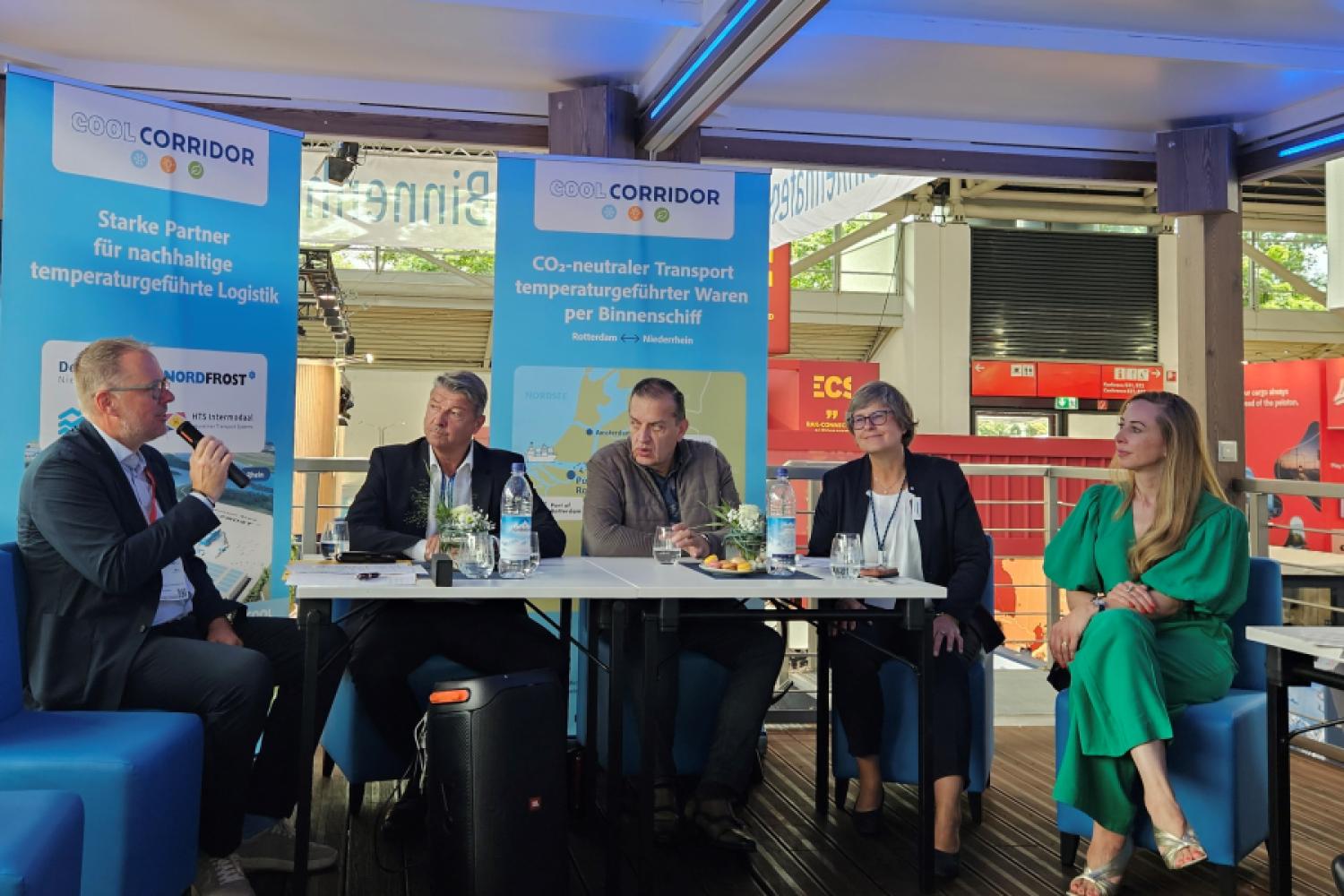The General Directorate of Waterways and Shipping (GDWS) has granted HGK Shipping approval for the trial operation of remotely controlled inland vessels on the canal network, making it the first company in Germany to receive such permission. According to the company, the permission is valid for an initial phase limited to six months. During this time, a push boat convoy can be remotely controlled between Scharnebeck and Salzgitter – a first on German waterways.
The push boat convoy, consisting of the units "Niedersachsen 2" and "Hannover," had already successfully completed a trial run on a section of the route in early May. The approval for the trial operation was personally handed over to HGK CEO Steffen Bauer by Federal Transport Minister Dr. Patrick Schnieder during an industry event. GDWS head Eric Oehlmann accompanied the occasion.
Pilot project with signal effect
In his speech, the Federal Transport Minister emphasized the importance of inland navigation as a relieving mode of transport and pointed to the increasing shortage of skilled workers in the industry.
"Inland navigation
faces enormous challenges. The imminent exacerbation of the shortage of skilled workers must not become a stumbling block for this hidden champion of transport modes," said Schnieder.
Pilot projects like the remotely controlled push boat convoy could become a "game changer" here. The approval procedures have been created, and now the technology must be brought from the lab to the water and implemented.
Eric Oehlmann also emphasized the technological progress:
"Innovative approaches show what is possible when technology and sustainability interplay."
The GDWS has examined the legal requirements with a special focus on safety and sees the project as an example of forward-looking administration. The approval is proof that innovation in inland navigation can also be advanced at a fast pace on the administrative level.
HGK tests SEAFAR technology in the German canal network
The current test section between Scharnebeck and Salzgitter is monitored and controlled from the Remote Operations Center in Duisburg. A full crew is still on board to intervene in case of an emergency. However, HGK is aiming for crew-reduced
operation in the future. The goal is to deploy personnel more flexibly and allow captains more time on land.
The technology used comes from the Belgian technology partner Seafar. HGK had already gained initial experience with the system, albeit in a pilot project with Belgian approval on the Rhine. Now the technology is being tested for the first time in the German canal network under national permission.
"Together with our technology partner Seafar, who operates a so-called Remote Operations Center in Duisburg, we are also relying on increased digitalization of inland navigation through the modernization of our fleet," explains HGK CEO Steffen Bauer.
The attractiveness of the job profile can be significantly increased through such projects. It is hoped that a quick transition to the next stage can be made after the test phase.
Next step: operation with reduced crew
The phase now beginning serves as a basis for further approvals. If successful, the remotely controlled operation could take place with a reduced crew in the future. This would not only respond to
the shortage of qualified personnel but could also make the job profile itself more attractive and modern. Experiences from Belgium and the Netherlands show that the technology is practical and offers added value for shipping companies and employees alike.
With around 350 units, HGK Shipping claims to be Europe's largest inland shipping company. The fleet transports liquid chemical products, liquefied gases, dry goods, and general cargo. The group has been pursuing a digital strategy for years, with automation, telematics, and alternative control concepts as central components.
Context
With the approval for the remote-controlled ship operation in the German canal network, a new chapter begins in inland navigation. For freight companies that rely on intermodal solutions or operate their own inland vessel traffic, HGK’s project is a technological signal – and at the same time, a test of how the looming personnel shortage can be offset by digital control. What will be crucial is how the systems prove themselves in ongoing operations and whether regulatory hurdles can be overcome on the way to normal
